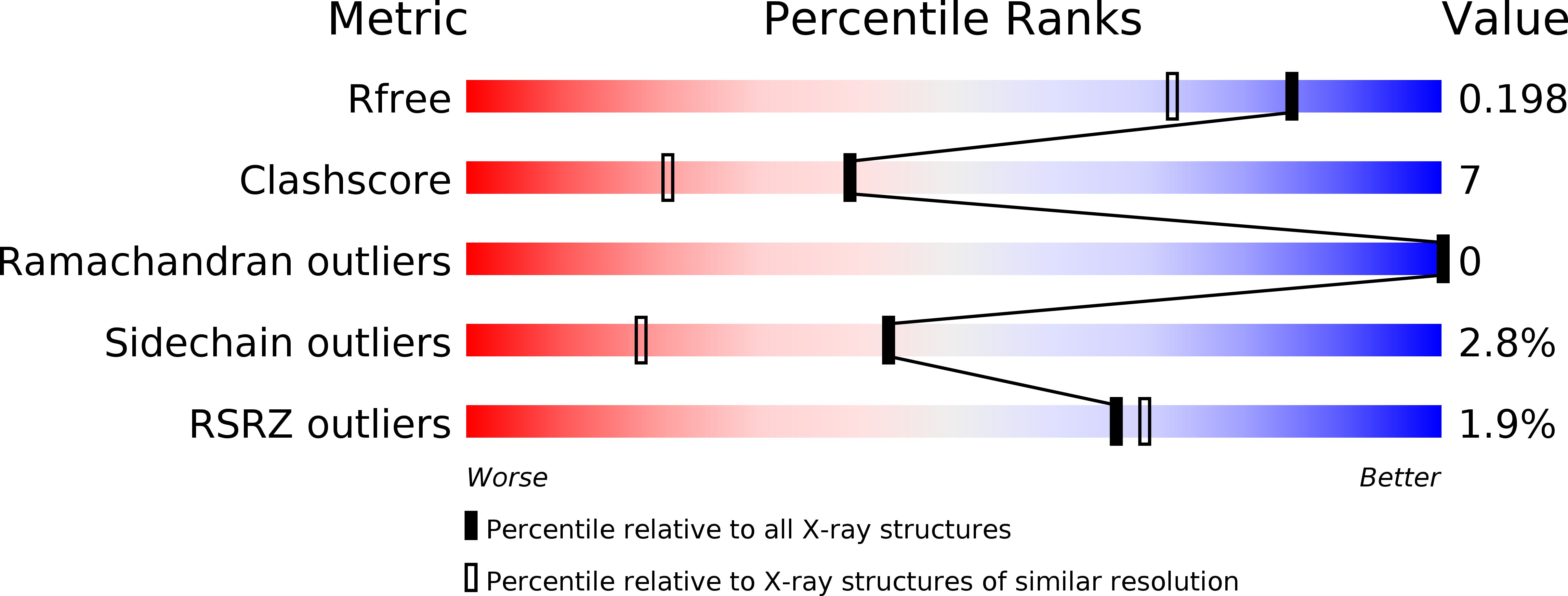
Deposition Date
2010-11-23
Release Date
2011-05-11
Last Version Date
2024-11-06
Entry Detail
PDB ID:
3POP
Keywords:
Title:
The crystal structure of GilR, an oxidoreductase that catalyzes the terminal step of gilvocarcin biosynthesis
Biological Source:
Source Organism:
Streptomyces griseoflavus (Taxon ID: 35619)
Host Organism:
Method Details:
Experimental Method:
Resolution:
1.65 Å
R-Value Free:
0.19
R-Value Work:
0.17
R-Value Observed:
0.17
Space Group:
P 21 21 21


